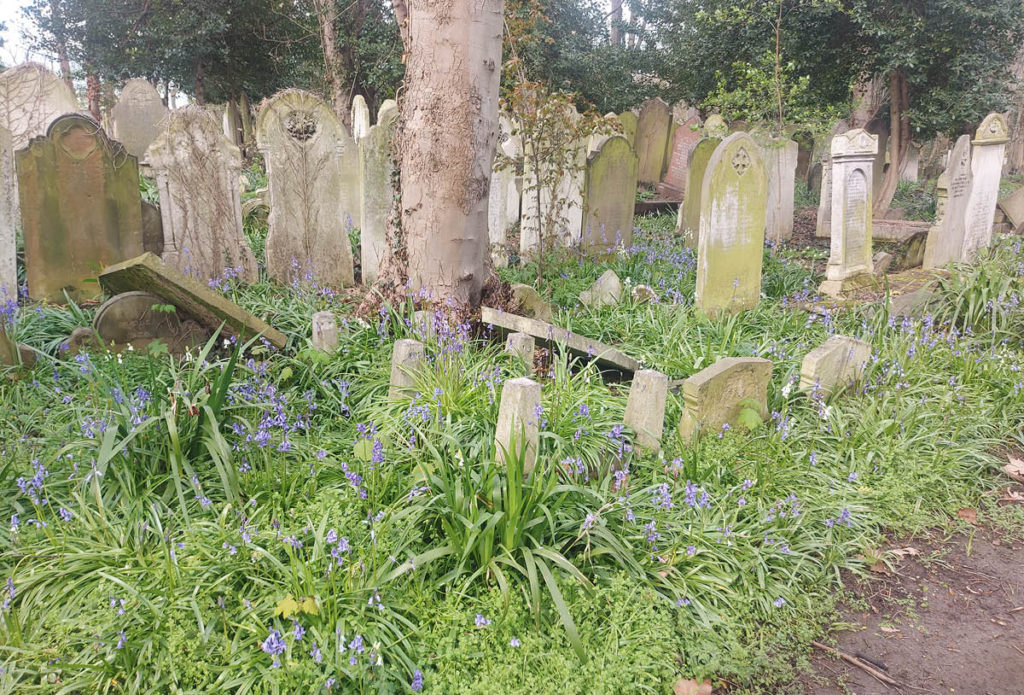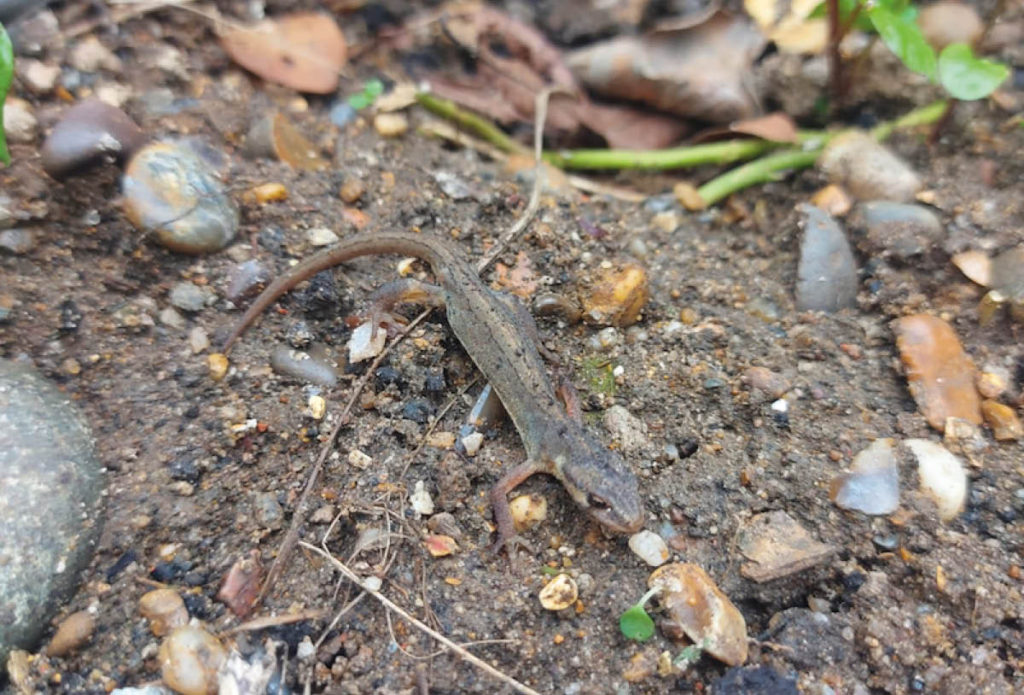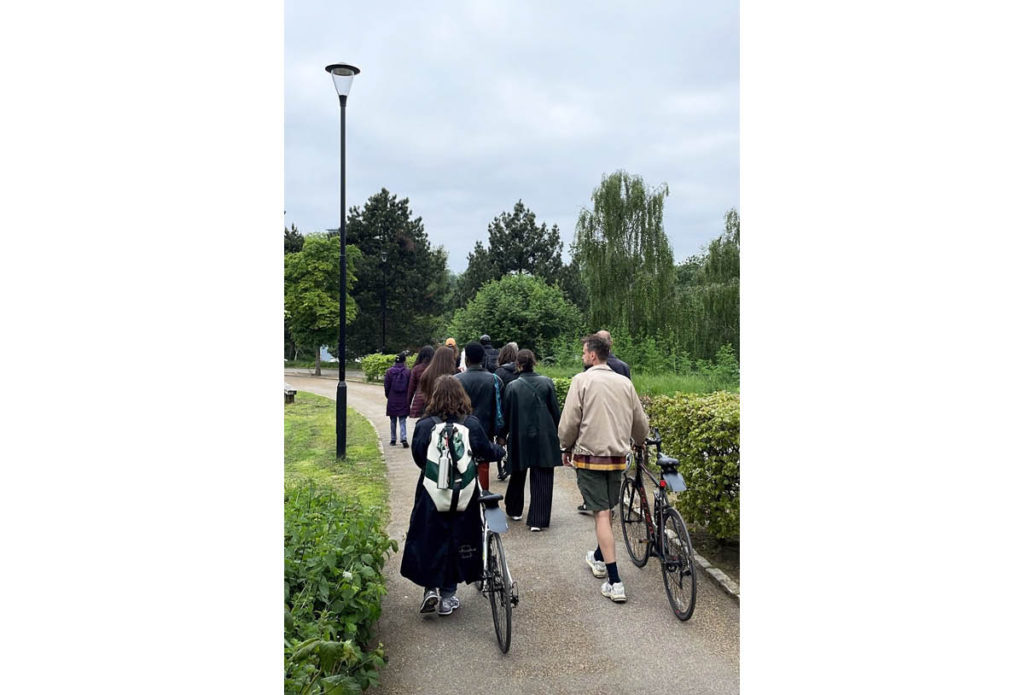Written by:
On Saturday 13 May, I had the pleasure of leading a Jane’s Walk, part of this years’ Jane’s Walk London Festival, through the green lungs and along the blue veins in Mile End, East London.
Jane Jacobs was an American-born urbanist and activist, perhaps best known for her 1961 book ‘The Death and Life of Great American Cities’, which introduced a new way of examining how cities function, evolve and subsequently fail. She challenged the modernist approach to city planning and architecture that had come before, and instead offered a community-centric idea of how cities function as diverse places made by and for ordinary people. She believed that we each feed into the beautiful complexity of places, and that the everyday activities and interactions between us build up the networks that make cities tick. Jane’s ideas spanned professional silos and across disciplines, and nurtured the idea that the ability, and responsibility, to make places that are safe, healthy and thriving lies with each of us.
Sadly Jane passed away in 2006, but her ideas live on and continue to heavily influence current and future generations of architects, planners, politicians and activists. To honour and celebrate her life and legacy, a group of Jane’s colleagues and friends set up the first Jane’s Walk Festival in Toronto in 2006. The festival is made up of free, citizen-led walking conversations that explore cities through the eyes of people who live in them. Since their inception, Jane’s Walks have taken place in over 500 cities, across 37 countries and 6 continents.
Jane’s Walks London

Jane’s Walks arrived in the UK capital in 2019, and this year I decided to join in the fun and lead my own walk.
There’s no one way to lead a Jane’s Walk; each walk’s individuality is part of the strength of the festival as a whole, and allows each walk to be as unique as the person leading it. They offer a glimpse into our neighbours, exploring communities and buildings, parks, waterways and neighbourhoods by following in the footsteps of people who live, work and play in them. This year’s Jane’s Walks London features augmented walks exploring how art and places intersect, meandering routes along Regent’s Canal looking at how public and private spaces interplay and strolls through South London looking at how we design green spaces for connection and enjoyment.
When thinking about how I wanted to lead my walk, I knew I wanted to take people with me through some of the spaces in Mile End I’ve fallen in love with over the last 2 years, and how nature creeps in and flourishes in both the formal green spaces and the more opportunistic, informal areas too. I wanted to walk and talk along the paths I traverse everyday, those I save for the particularly sunny beautiful days, or the ones I traipse when I’m feeling rainy and glum. I also wanted to highlight some of the amazing community groups operating across the neighbourhood, who look after and champion spaces where nature thrives.
Mile End’s Green Lungs and Blue Veins
Through my walk, I wanted to explore how the last 100+ years of urban planning had influenced nature in Mile End, considering how nature is able to weave into the bustling city. I took my walk attendees, about 15 people, both locals and residents from across London, through a circular route that started in Mile End Park, looped up and around Tower Hamlets Cemetery Park before ending along Lower Regents Canal. I invited participants to join me to explore the animals, flora and fauna on their doorstep, and discuss how we can connect better with our natural neighbours.

I’ve written previously on the Glass-House blog about bioregionalism; the idea that political, cultural and economic systems are more sustainable and just if they are organised around naturally defined areas – called bioregions. I explored this concept again through my walk, inviting participants to consider themselves citizens of local places alongside the intricate network of living beings that make up the natural world around us, even in very urban places like Mile End.
Together, we explored how Mile End Park came to be, emerging out of an idea that originated from Patrick Abercrombie’s 1944 London Plan, which proposed the creation of green corridors across London connecting townsfolk with the countryside (although not realised until the millennium some 50+ years later). We explored some of the park’s natural residents that I’ve noticed during my visits to and through the park, including a family of thrushes that live in a small grove of trees, the flock of starlings that frequent the park alongside the more consistent populations of pigeons, magpies, crows and parakeets. I was lucky enough to be joined by several members of the Friends of Mile End Park group, the voluntary organisation that looks after this impressive green space, and organises events like spring bulb planting and regular litter picks, who enriched the conversation with their own knowledge and experience.

We then crossed over to Tower Hamlets Cemetery Park, and were met by Ken, Cemetery Park Manager from Friends of Tower Hamlets Cemetery Park (FoTHCP), for a quick intro to the park and its history. As a charity, FoTHCP has been doing some incredible work over the last 10 years to look after the park and its natural residents, and offer an incredible array of workshops, events, talks and walks (check them out here).

We wandered through the urban forest, exploring how the historic Victorian graveyard has become home to over 1000 different species of plants and animals. We talked about how nature is important for our mental health, and how forest bathing can help us pause, step back and reconnect with ourselves. As we walked under the lush canopy, I invited the participants to pause and think about the sounds, sights and smells around them, thinking about how we interact with nature, and how nature interacts with us. Before we left, we dropped by one of the park’s small ponds to watch smooth newts coming up for air.

For the final leg of the walk, we returned to Mile End Park, crossing over the Green Bridge to end up outside the Arts Pavilion, one of three pavilions in the park. You can read more about their design in my ‘A Place I Love’ blog here. From here, we joined the Lower Regents Canal to head back south towards our starting point, discussing how canals, once industrial highways for the wealth of industry and trade in the East-end, have now evolved into havens for both London’s nature and people. The towpaths alongside the canals, once traversed by working horses pulling barges, were opened to the public for the first time in 1968. Lower Regents Canal is now home to a multitude of species, including (but in no way limited to) mute swans, kingfishers, egyptian, canada and greylag geese and mirror carp.

We discussed how we bring more people into conversations about nature, how we all feed into the maintenance of our spaces and have a responsibility to look after them and their natural residents.
The walk was a wonderful opportunity to connect with local people who shared a passion for this area. I got to hear stories and history not covered in the books I’d flicked through during my research and to find out more about what’s currently happening in the area. We shared stories, laughs and steps as we walked through the city. It was such a delightful way to meet other people, and to share some of the things I’m really passionate about through walking and chatting.
You can check out Jane’s Walks London here, and mark your calendars now for next year’s festival. If you’re outside of London, check where your nearest Jane’s Walk Festival is (or consider starting one yourself!).

